Catlin Gabel is an independent day school with a 67-acre campus on the wooded outskirts of Portland, Oregon. The school promises its students “Experiential Learning” and Ric Fry, the Lower School Woodshop teacher, delivers on that promise with hands-on boatbuilding for kids as young as 7 years old.Ric himself got an early start on woodworking. When he was 10, his family moved to a small farm near Toronto and he had to build sheds for the cows he was charged with raising. In his teens he made strip-built canoes for paddling the lakes in the region. When he began his teaching career in New York City it was only natural that he would take grade-schoolers boating on the Hudson River to teach them about marine biology.While teaching at Catlin Gabel, he has introduced boatbuilding to students from second to fifth grade in woodshop classes, after-school programs, and off-campus workshops, held in conjunction with RiversWest Small Craft Center. In past projects, he has guided young students through building Salt Bay Skiffs, Amphora Skiffs, and a skin-on-frame canoe.
Join The Conversation
We welcome your comments about this article. To include a photo with your remarks, click Choose File below the Comment box.

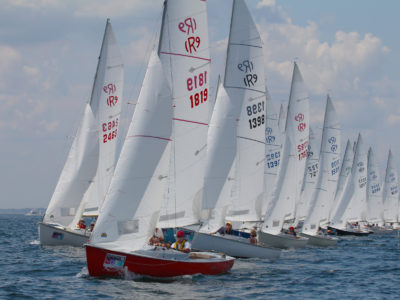
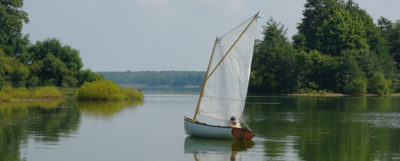
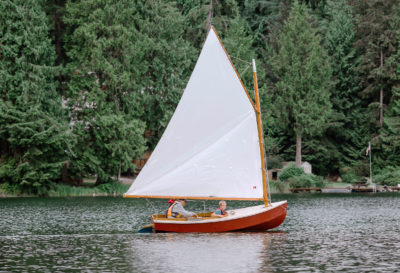


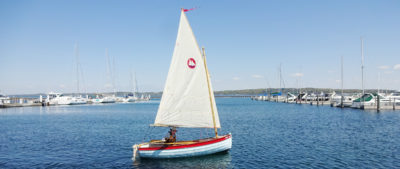
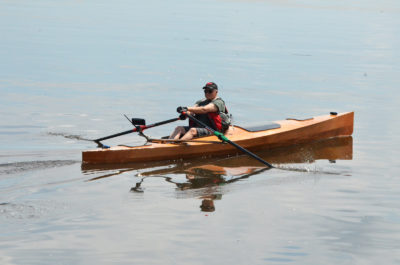
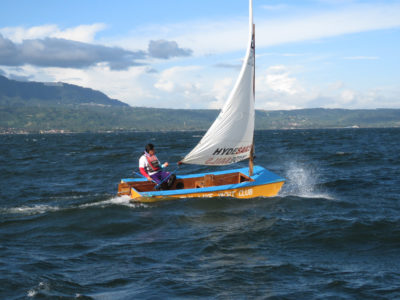

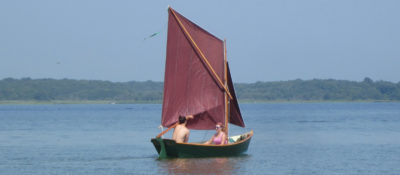
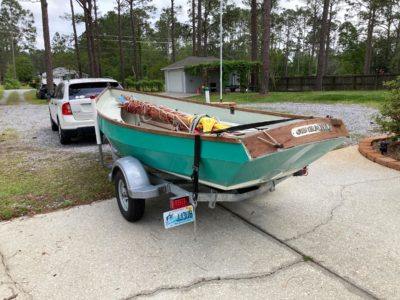
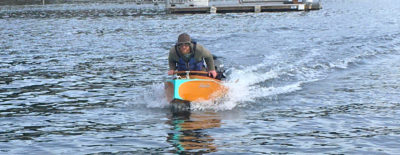
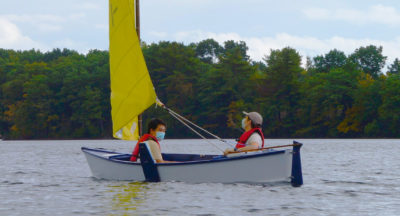
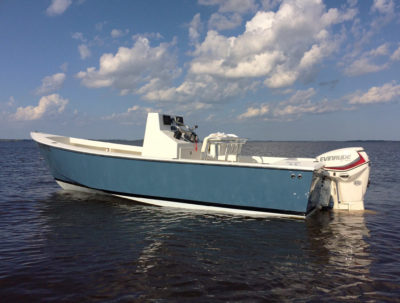
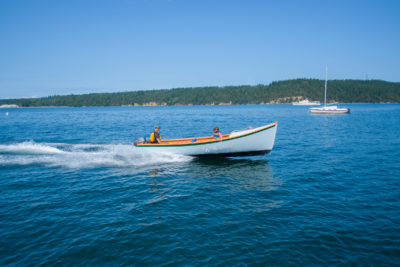

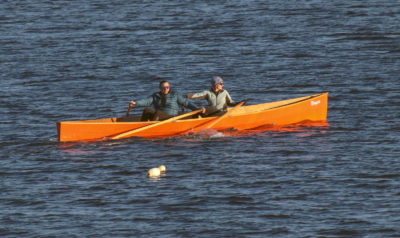
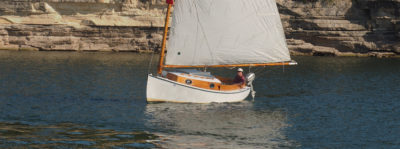
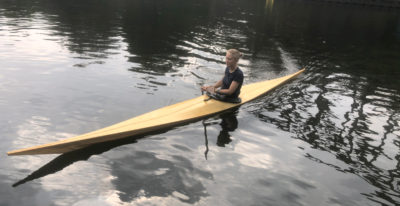
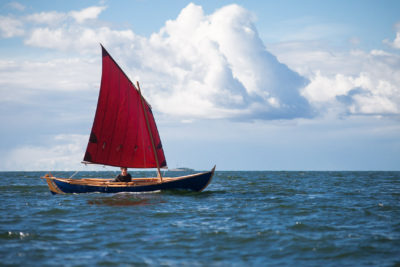
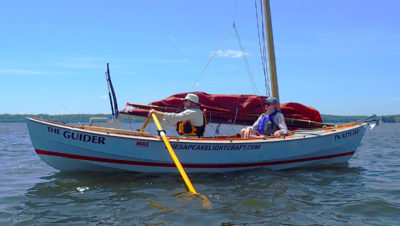

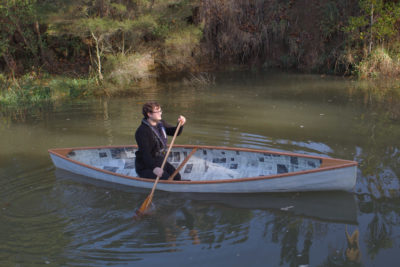





A great project, one that can be easily understood and “owned” by students and teachers together. The stability and easy development from the original basic form to the later model is an exercise in itself. I think there are many who would love to be students in your school.
We build boats in North Providence and Thompson, Connecticut, with both middle- and high-school students. One special project we were working on in North Providence was building an Optimaster 310 sailboat designed by Brazilian naval architect Eduardo Marchondes that was featured in an article in WoodenBoat’s Professional Boat Builder magazine in 2013. We almost finished the boat when the pandemic hit and shut us down. The boat was to be encapsulated with basalt fiber created from volcanic pumice. This substance is stronger than steel, noncorrosive, nonflammable, and cheaper than carbon fiber. I always wanted to make a coracle and a curragh with my students. Are instructional plans or videos available? I once made a model of Saint Brendan’s curragh.
The boat was built without plans. It is 13 1/2′ long because that is the maximum length it could be in the indoor space available.
Steve Carrigg of Hazelwood Boats in Portland loosely guided the project. He builds coracles, curraghs, canoes, and river kayaks using hazelwood withies and designing by eye. He located sources of hazelwood withies for the project. Rapid-growing shoots of other woody plants may also be used, such as willow and cottonwood.
The first hazelwood project was a coracle. Steve led that project. And yes, Tim Severin’s book, The Brendan Voyage, was one inspirational source.
I thoroughly enjoyed this article especially as over 60 years ago when I was about 10 or 11 my father paid a coracle owner to give me a lesson on the River Teifi in Cenarth, West Wales. The memory of that experience is still fresh in my mind, and I am sure it will be the same for the students that are helping to build these craft. They are very fortunate to have such an inspirational teacher who is giving them a lifelong experience. For those interested in building or “sailing” coracles there are a number of videos on YouTube, just look up “Teifi coracles.”